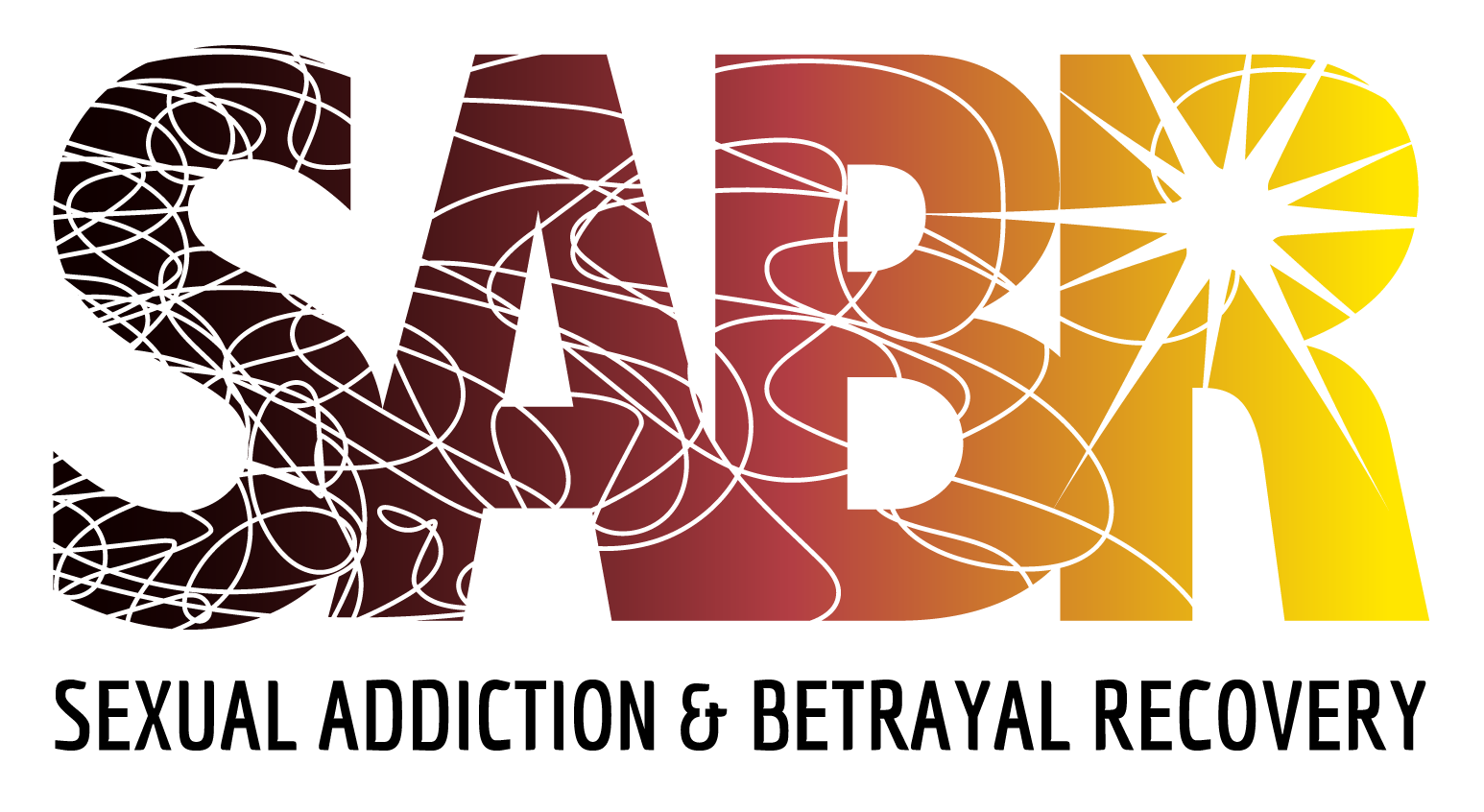
The rise of internet pornography has brought unprecedented access to sexually explicit material, contributing to the growing concern around pornography addiction. This issue not only affects individuals emotionally and socially but also has significant impacts on the brain. Researchers and clinicians, including Dr. Donald Hilton, have explored how habitual consumption of pornography affects the brain's reward system, potentially leading to addictive behavior patterns.
Neurological Effects of Pornography
Dr. Donald Hilton, a leading neurosurgeon and expert in pornography addiction, highlights the neuroplastic changes occurring in the brain due to habitual pornography consumption. The brain's reward system, primarily driven by dopamine, is particularly vulnerable to stimuli that are novel and stimulating. Repeated exposure to pornography can lead to desensitization, requiring progressively more explicit material to achieve the same dopamine response (Hilton, 2013).
Over time, this alteration in brain chemistry can result in a diminished capacity to experience pleasure from non-sexual activities. Hilton compares the brain's response to pornography to that of addictive substances, noting similar pathways involved in both behavioral and substance addictions. This understanding underlines the importance of developing effective recovery strategies that address both the psychological and physiological aspects of addiction (Hilton, 2013).
Education and Therapeutic Strategies
Addressing pornography addiction requires a multifaceted approach. Programs like the Sexual Addiction and Betrayal Recovery (SABR) program, developed by Family Strategies Counseling Center, focus on education and therapeutic intervention. They aim to rewire the brain's reward system by helping individuals recognize their triggers, build healthier coping mechanisms, and replace addictive behaviors with more positive activities.
Educational strategies include cognitive-behavioral therapy (CBT) to identify and modify distorted thinking patterns associated with pornography use. Psychoeducation also plays a crucial role in helping individuals understand the physiological effects of pornography addiction on the brain. Combining this knowledge with therapeutic interventions equips individuals with the tools necessary to interrupt addictive cycles and foster long-term recovery (Carnes, 2019).
The Role of Therapeutic Intervention
Therapeutic intervention is essential in supporting individuals through their recovery journey. Alongside traditional psychotherapy, group therapy offers a supportive environment where individuals can share experiences and strategies. The SABR program emphasizes the importance of community in overcoming addiction, fostering accountability and shared learning among participants.
Dr. Hilton's research also suggests the significance of addressing any co-occurring disorders that may exacerbate addictive behavior. Treating underlying issues like depression, anxiety, or trauma can enhance the effectiveness of recovery strategies. The SABR program's comprehensive approach reflects these insights, focusing on the individual’s holistic well-being and long-term recovery.
Conclusion
The impact of pornography addiction on the brain is a significant concern that requires comprehensive treatment strategies. The SABR program and experts like Dr. Donald Hilton provide invaluable insights into the neuropsychological effects of pornography and effective recovery strategies. Through education and therapeutic intervention, individuals can break the cycle of addiction and reclaim their lives.
Family Strategies Counseling Center has actively serviced clients since 2000 in treatment for pornography addiction or sexually compulsive behavior. Our SABR program for adults, Tribe for college students, and Band of Brothers for teens can help you! Give us a call at (800) 614-8142 or visit our website for more information: https://familystrategies.org/sabr.html.
References:
Carnes, P. J. (2019). Out of the shadows: Understanding sexual addiction. Hazelden Publishing.
Hilton, D. L. (2013). Neurobiology of Sexual Addiction. Sexual Addiction & Compulsivity, 20(4), 203-222.

 -->
-->